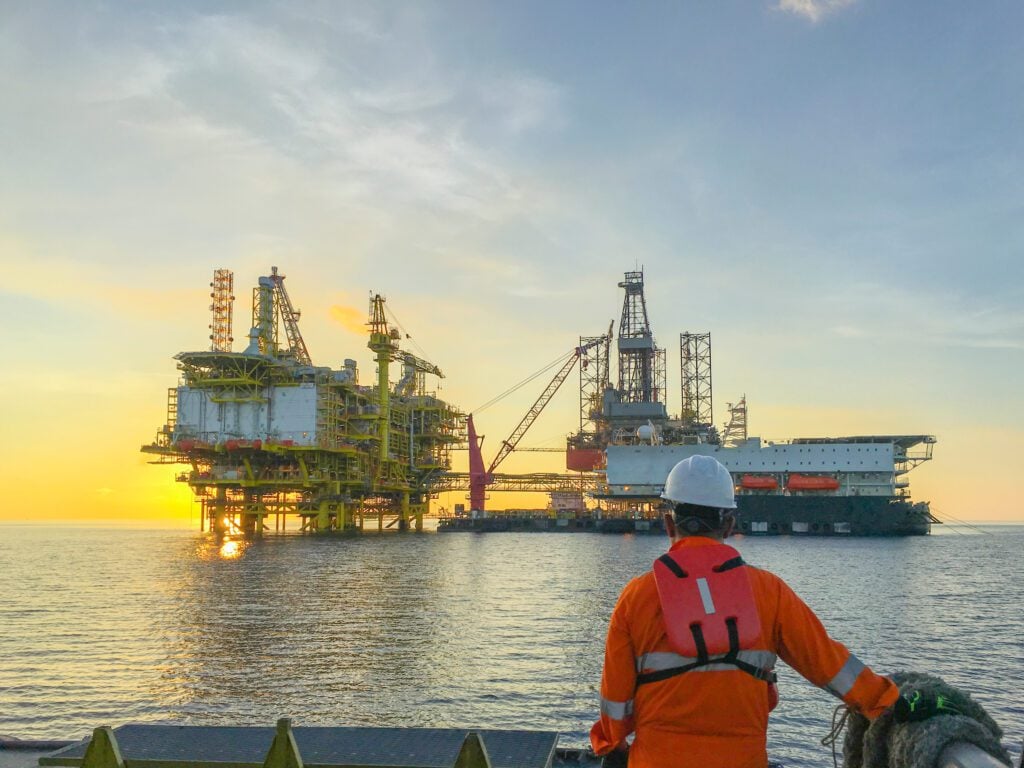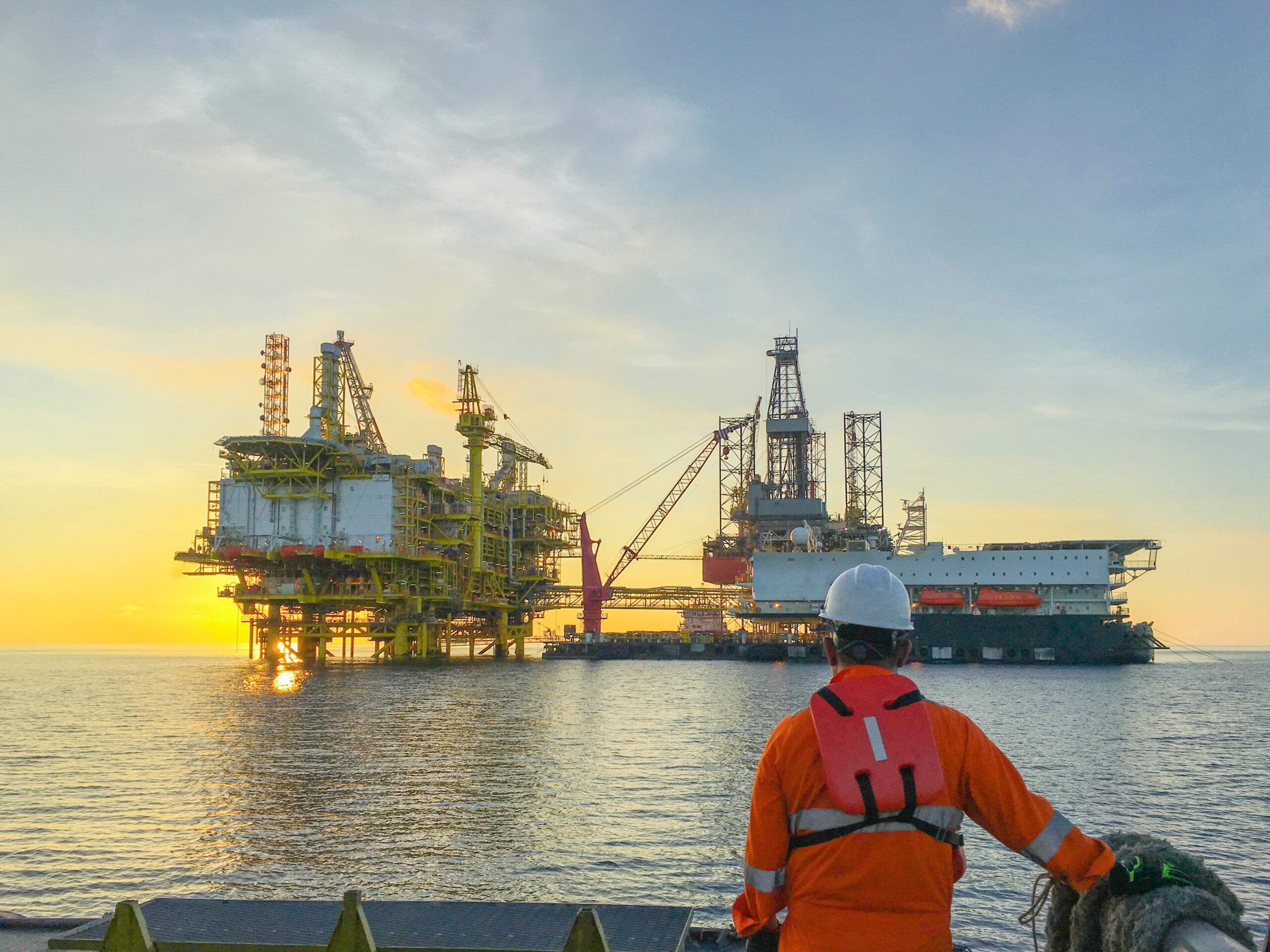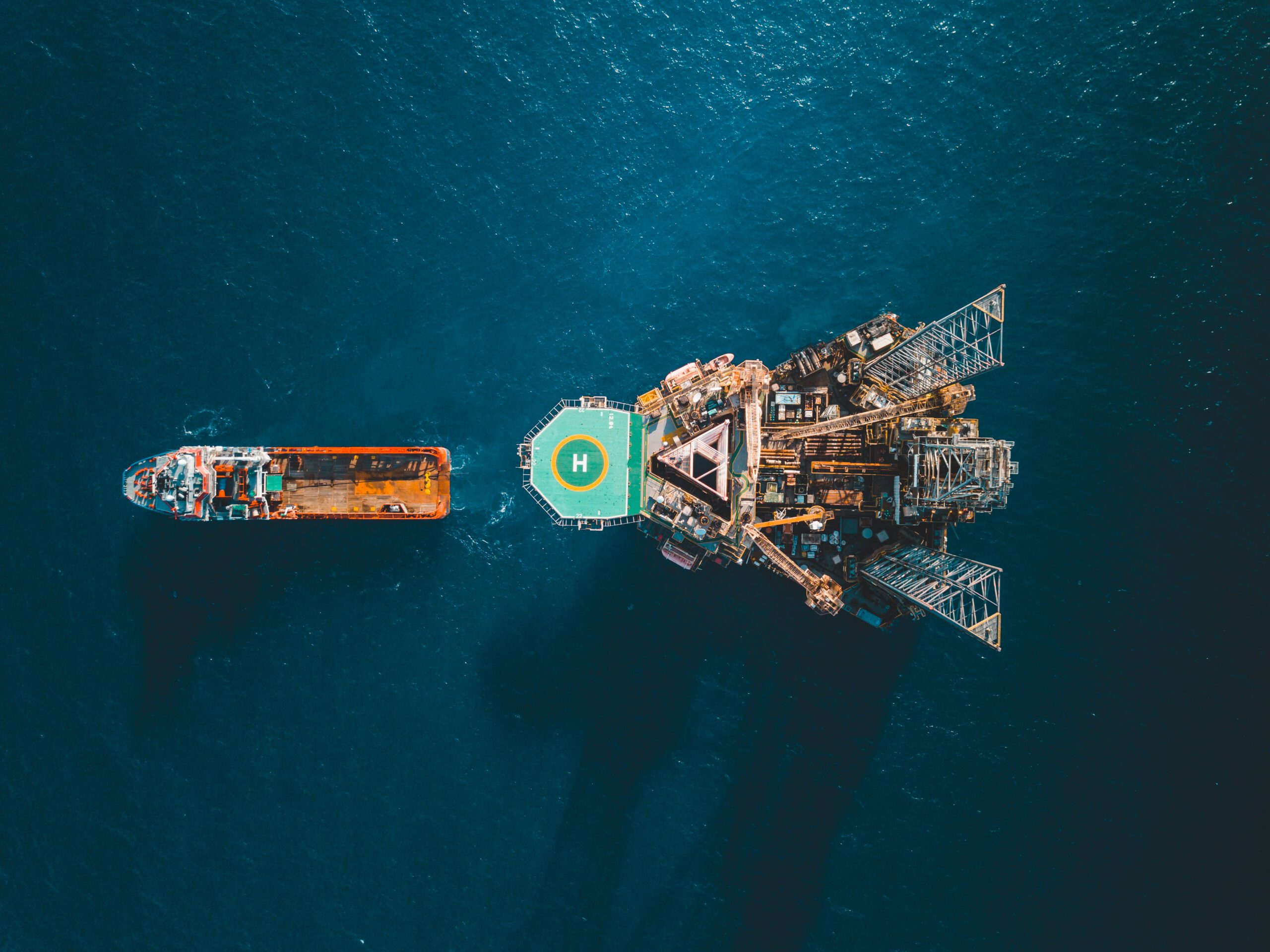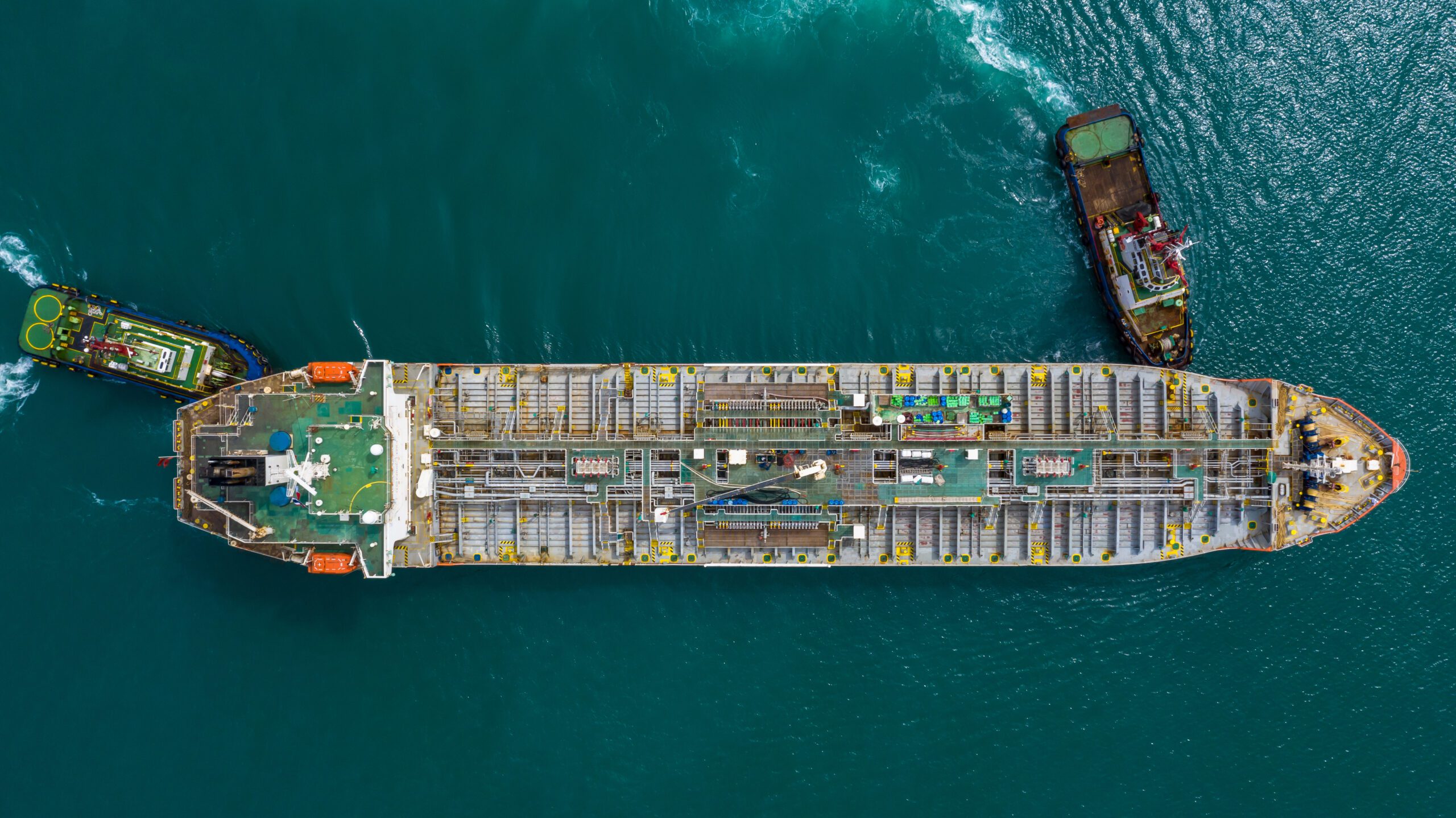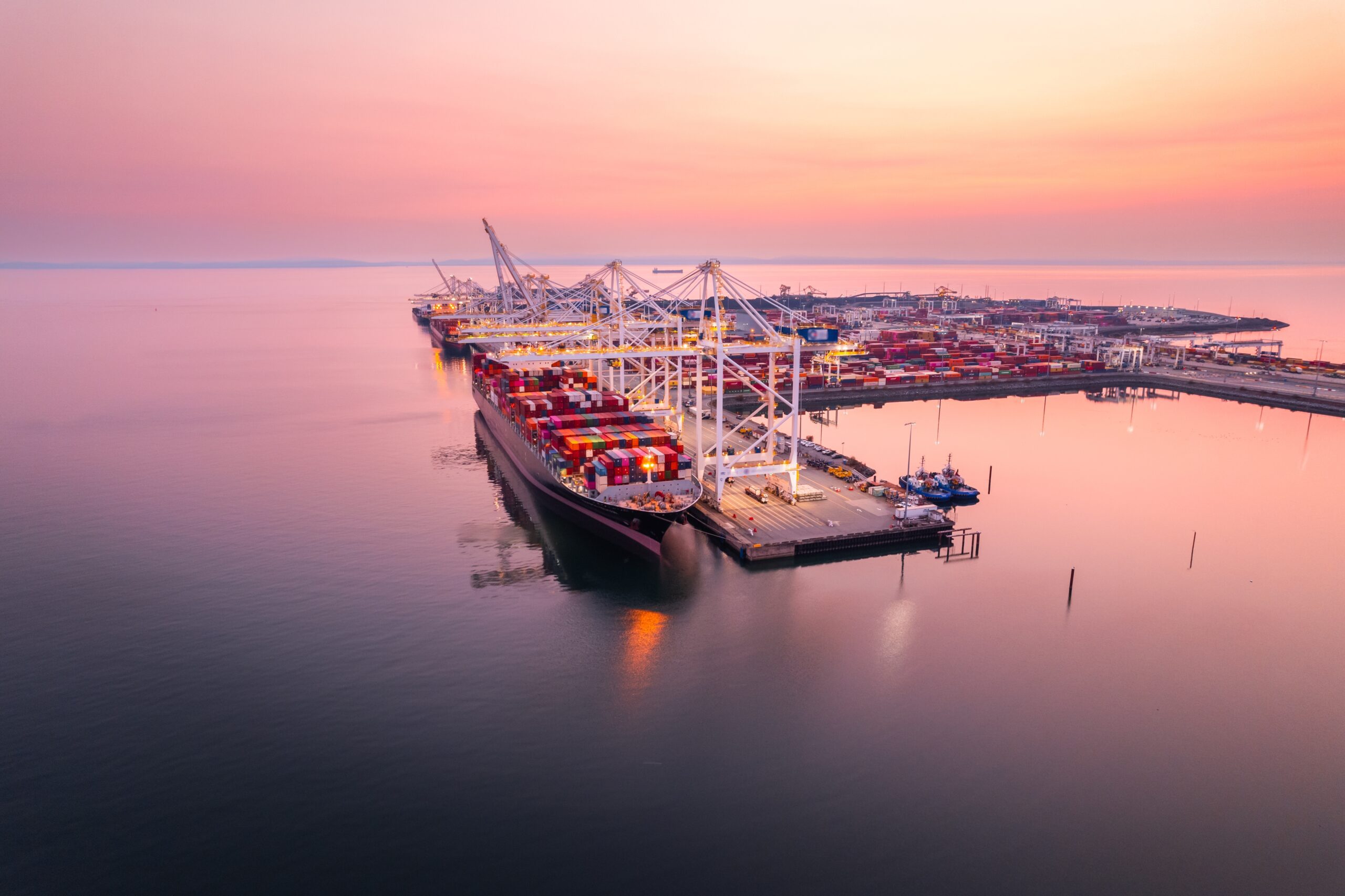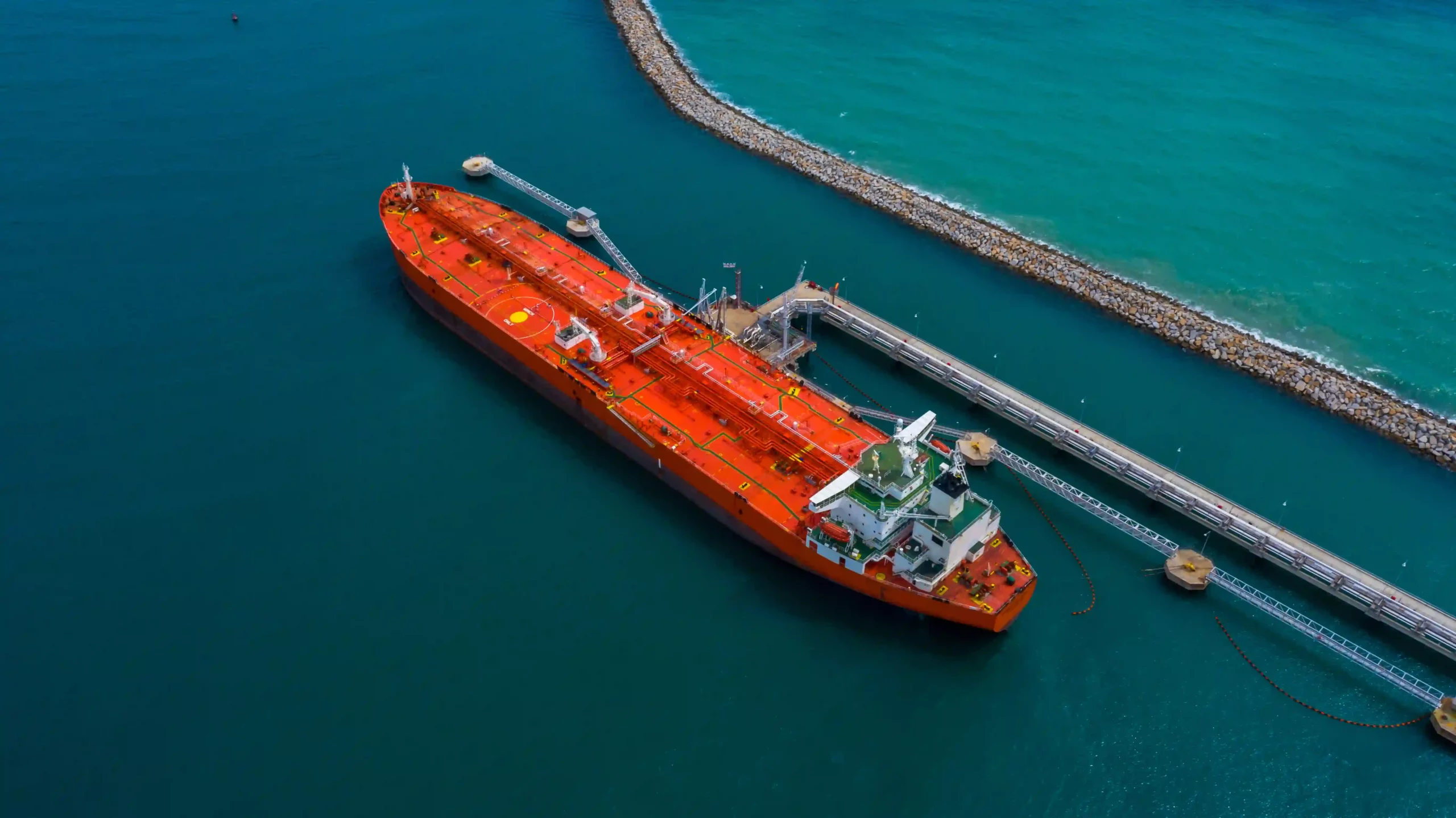The FuelEU Maritime regulation, a cornerstone of the European Union’s “Fit for 55” legislative package, represents a fundamental shift in the maritime transport sector. Unlike previous regulations focusing purely on technical efficiency or carbon pricing, FuelEU Maritime is a potent demand-side measure designed to accelerate the use of low-carbon fuels and renewable energy sources across the global shipping fleet. This comprehensive regulation targets the GHG intensity of the energy used on board, applying to ships over 5,000 gross tonnage, irrespective of their flag, when sailing to, from, or between EU ports. Compliance is now non-negotiable for business continuity in the EU maritime sector.
How Does FuelEU Maritime Work?
The functioning of FuelEU Maritime is defined by its two key objectives, which work synergistically to drive the energy transition in maritime transport:
1. Progressive Reduction in Fuel GHG Intensity
The primary mechanism is the mandatory, gradual reduction in the annual average GHG intensity of the energy consumed by the ship. This intensity is measured in grams of CO2 equivalent per megajoule (gCO2e/MJ).
- Baseline and Targets: The baseline is set at $91.16 gCO2e/MJ , representing the 2020 fleet average. The mandatory reduction targets begin modestly but escalate aggressively, placing increasing pressure on the shipping sector to adopt low-carbon fuels and renewable energy technologies:
- 2% reduction from 2025 to 2029
- 6% reduction from 2030 to 2034
- 14.5% reduction from 2035 to 2039
- 31% reduction from 2040 to 2044
- 62% reduction from 2045 to 2049
- 80% reduction from 2050 onwards
- Well-to-Wake Principle: A significant distinction of this regulation is the use of the well-to-wake methodology for calculating GHG emissions. This approach holistically accounts for all GHG emissions across the entire lifecycle of the fuel, including:
- Well-to-Tank (Upstream Emissions): Emissions from the extraction, cultivation, production, and transport of the fuel itself.
- Tank-to-Wake (Downstream Emissions): Emissions from the combustion and use of the fuel on board the ship.
- This comprehensive method is designed to reward truly clean renewable fuels like e-methanol and green ammonia by assessing the full impact of their energy chain, contrasting sharply with the narrower tank-to-wake perspective used by the EU Emissions Trading System (EU ETS) for carbon pricing.
- Scope of Application: The GHG intensity requirement applies to:
- 100% of the energy used by the ship for voyages and port calls between two EU or EEA ports (European Economic Area).
- 50% of the energy used for voyages between an EU or EEA port and a non-EU port. This 50% rule is intended to minimize the risk of “flagging out” or diverting trade to non-EU ports simply to evade regulation.
2. Mandate for Onshore Power Supply (OPS)
The second objective is the mandatory use of Onshore Power Supply (OPS), or shore power, for certain ships while at berth in EU ports. This zero-emissions mandate directly tackles air quality issues in coastal cities and ports:
- Mandate: From 2030, container and passenger ships over 5,000 GT must connect to OPS when at berth for more than two hours in major EU ports (specifically those listed on the TEN-T core network).
- Expansion: This requirement expands from 2035 to include all EU ports that have OPS infrastructure installed.
- Zero-Emission at Berth: By substituting the ship‘s auxiliary energy generation with grid electricity, this mandate eliminates local air pollutants and tailpipe GHG emissions while the ship is at port.
Required Actions for Shipowners
The FuelEU Maritime regulation places the primary obligation for compliance on the ship owner or the Document of Compliance (DoC) holder under the ISM Code. Success requires a strategic, phased approach to data monitoring, verification, and reporting throughout the reporting period.
The Core Compliance Cycle
The shipowner’s plan of action is structured around annual reporting requirements:
- Submit a FuelEU Monitoring Plan (MP): The responsible entity (ISM manager or charterers) must submit an MP to an accredited verifier for each ship in their fleet. This plan details the methodology for tracking fuel consumption, CO2 emissions, and distance traveled.
- Start Data Reporting: Beginning January 1, 2025, continuous data collection must commence in accordance with the MP.
- Submit Annual Reports: Official FuelEU reports for the entire reporting period must be submitted by January 31 of the following year (e.g., January 31, 2026, for the 2025 data).
- Secure Compliance Balance Approval: By April 30 (e.g., April 30, 2026), the compliance balance—which incorporates any strategic use of pooling, banking, or borrowing—must be approved in the FuelEU Maritime database.
- Obtain Document of Compliance (DoC): By June 30 (e.g., June 30, 2026), the FuelEU Document of Compliance must be secured and carried on board the ship. Failure to do so also marks the deadline for penalty payments for the preceding reporting period.
Contractual Responsibility: The Chartering Dynamic
A critical, and often complex, aspect of achieving compliance with the FuelEU Maritime Regulation centers on the commercial relationship between the parties involved in the operation of a vessel, particularly within a time charter agreement. This dynamic introduces a tension between legal liability and operational control.
Legal Liability vs. Operational Control
Legally, the ship owner or the Document of Compliance (DoC) holder maintains direct liability to the relevant authorities for any penalties arising from non-compliance. Should the vessel fail to meet its mandated Greenhouse Gas (GHG) intensity reduction targets, the legal and financial repercussions will initially fall upon the owner.
However, under a typical time charter, the time charterer exerts significant influence over the factors that directly impact the vessel’s emissions and, consequently, its GHG intensity performance. The charterer dictates operational decisions such as:
- Speed and Route: The selection of a sailing speed (e.g., opting for higher speeds to meet a tight schedule) and the chosen route directly determine fuel consumption.
- Fuel Purchase and Quality: The charterer is typically responsible for purchasing the bunker fuel, giving them control over the type and blend of fuel used, which is the primary determinant of GHG emissions.
Given this control, the actual GHG intensity performance and the ability to meet the regulatory requirements often rest with the charterer. This disparity between the owner’s ultimate legal liability and the charterer’s operational control necessitated a contractual solution.
The Role of Contractual Clauses in Reallocating Responsibility
The maritime industry, recognizing this inherent conflict, has worked to develop mechanisms to contractually reallocate the financial and operational responsibility for FuelEU Maritime compliance. The guiding principle behind this reallocation is the “polluter pays” principle, ensuring that the party with control over the polluting activity bears the associated costs.
Leading industry bodies, such as BIMCO (Baltic and International Maritime Council), have introduced specific standard clauses to address this issue. A key example is the BIMCO FuelEU Maritime Clause for Time Charter Parties 2024. These clauses serve to bridge the gap between legal and operational reality by:
- Reallocating Financial Responsibility: They contractually shift the burden of paying for any compliance deficits (penalties) from the ship owner to the charterer.
- Defining Operational Responsibilities: They clearly delineate the respective duties of the owner and charterer concerning compliance, specifically for:
- Fuel Purchasing: Establishing which party is responsible for sourcing and providing compliant or necessary alternative fuels.
- Data Reporting: Defining the procedures for collecting, sharing, and reporting the required operational and fuel consumption data to ensure accurate compliance monitoring.
- Handling Surpluses and Deficits: The clauses also address the commercial handling of compliance outcomes, such as the mechanism for managing or trading any emission “surpluses” (better-than-required performance) or “deficits” (shortfall). This includes defining terms for:
- Banking: The ability to save a compliance surplus for use in a subsequent reporting period.
- Pooling: The mechanism for grouping the compliance performance of multiple ships under a single entity (the owner or charterer) to balance out individual ship deficits.
In essence, these contractual provisions are crucial tools for ensuring that while the owner remains legally accountable to the state, the financial and practical burden of meeting the FuelEU Maritime targets is placed squarely upon the charterer, who holds the operational levers.
Strategies for Compliance: Solutions and Flexibility
Meeting the escalating GHG intensity targets necessitates aggressive adoption of low-carbon fuels, technological efficiency, and leveraging the regulation‘s inherent flexibility mechanisms.
Core Compliance Solutions
- Switching to Low-Carbon and Renewable Fuels: This is the most direct path to reducing GHG intensity. The regulation is technology-neutral, encouraging various low-carbon fuels:
- Biofuels: Sustainable biofuels, such as bio-MGO and bio-LNG, can be blended with conventional marine fuels to immediately lower the overall intensity of the energy mix. Biofuels must meet the strict sustainability criteria of the EU’s Renewable Energy Directive (RED).
- RFNBOs (Renewable Fuels of Non-Biological Origin): Fuels like e-methanol and green ammonia are key to the long-term zero-carbon goal. The regulation provides a powerful double-counting incentive for RFNBOs until 2033, effectively halving their calculated GHG intensity to spur early adoption in maritime transport.
- Energy Efficiency Measures: Improving the ship‘s operational and technical efficiency directly reduces the total energy consumed, thus lowering the final GHG intensity calculation. These measures include:
- Installation of Energy Saving Devices (ESDs), such as wind-assisted propulsion (WAP).
- Air lubrication systems and advanced hull coatings.
- Operational strategies like optimized trim, slow steaming, and Just-In-Time (JIT) arrivals.
- Onshore Power Supply (OPS): For container and passenger ships, using OPS at port means the electricity supplied from shore is treated as having zero well-to-wake GHG emissions in the intensity calculation, providing an automatic boost to compliance performance during port stays.
Flexibility Mechanisms
To ease the financial and operational burden of the energy transition, FuelEU allows for flexibility:
- Pooling: This is a crucial strategic tool. It allows shipping companies to create a pool where the compliance surplus of an over-performing ship (or group of ships) can be used to offset the deficit of another under-performing ship within the pool, achieving compliance at a fleet level rather than solely at an individual ship level. This is particularly valuable for strategic fleet management.
- Banking and Borrowing: A ship that achieves a GHG intensity surplus in one reporting period can bank that credit for use in a future reporting period. Conversely, a ship can borrow a limited amount of future compliance balance to cover a current deficit, although this is discouraged by a penalty and restrictions on consecutive borrowing.
Penalties, Exemptions, and Broader Impact
The FuelEU regulation is enforced through a strict penalty mechanism, and while the aim is transformation, it acknowledges regional challenges through specific exemptions.
Penalties and Enforcement
Non-compliance with the GHG intensity targets results in a substantial financial penalty calculated per tonne of emissions exceeding the limit. The penalty is based on the non-compliant energy used, multiplied by a penalty factor. Persistent non-compliance over two consecutive years can result in an expulsion order from EU ports. Enforcement is managed by the European Maritime Safety Agency (EMSA) via the THETIS-MRV platform and by national authorities.
Key Exemptions
To ensure vital regional connectivity and account for structural differences, the regulation provides certain exemptions valid until December 31, 2029:
- Island Ports (Article 2(3)): Passenger ships (excluding cruise ships) traveling between ports on islands with fewer than 200,000 residents within a Member State may be exempt from the GHG intensity rules, including the energy used at port.
- Outermost Regions (OMR) (Article 2(4)): Ships traveling between two ports located in the EU’s outermost regions (such as the Azores or Canary Islands) are exempt. Ships traveling between the mainland EU and an OMR only count 50% of the energy used, similar to non-EU voyages.
- Public Service Maritime Transport (Article 2(6)): Passenger ships on fixed routes under public service obligations may also be eligible for exemptions.
The Broader Environmental and Market Impact
FuelEU Maritime works in tandem with the EU ETS, creating a comprehensive framework for maritime transport decarbonization. While the EU ETS puts a price on carbon, FuelEU directly drives the demand for renewable and low-carbon fuels, accelerating energy technology adoption.
The regulation creates a powerful market incentive:
- Charterers and Finance: Charterers are now integrating FuelEU compliance into their chartering decisions, favoring ships with good projected GHG intensity performance. Financial institutions are similarly prioritizing cleaner vessels.
- Fuel Supply Chain: The guaranteed demand signal has spurred investment in the production and distribution of low-carbon fuels, increasing the availability of renewable and clean energy carriers necessary for the transition.
In conclusion, FuelEU Maritime is a strategic directive that mandates the energy transformation of the shipping industry. By focusing on GHG intensity on a well-to-wake basis and mandating zero-emission at berth in EU ports, it provides the clear rules needed for all stakeholders—from shipowners and operators to fuel suppliers and financiers—to make the necessary investments for a sustainable future in maritime transport. The success of this demanding regulation hinges on proactive compliance and the strategic utilization of low-carbon fuels, making energy efficiency paramount for every ship in the EU maritime trading sector.
Mr. Marine – We are Your Global Partner
Are you looking for a reliable service provider for your marine elevator, BWTS or fixed & portable equipment? Our multi-brand team of technicians are ready to assist you in over 350 global ports, ensuring your vessels stay safe and compliant. Contact our team for your free quotation!


